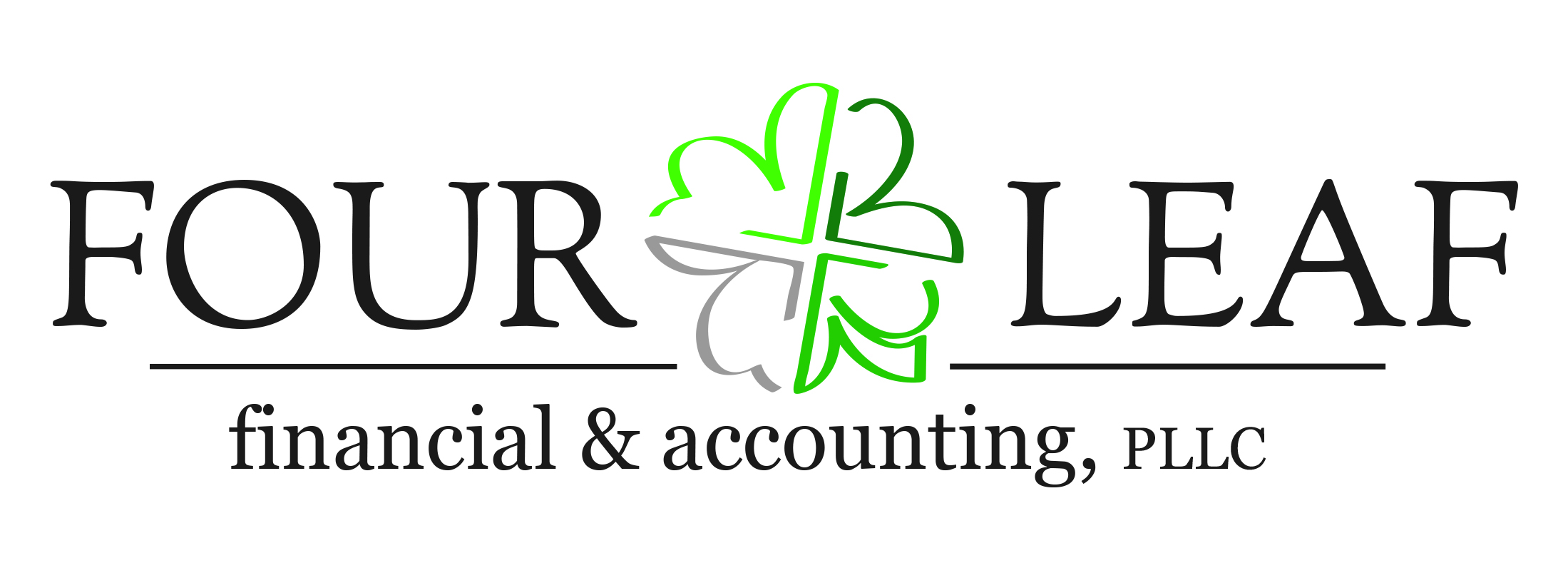Innovate In Four Steps Using The Four Leaf Method
Over the years I have found a key element that can drive the success of your organization is your team's ability to problem-solve. The mere exercise of seeking a solution stretches your team's critical thinking muscles, builds bonds, and opens up avenues for innovation.
At the core of any business is the act of solving problems. The most successful businesses create products and services that solve the problems of their customers. Nonprofit organizations seek to solve community problems - hunger, homelessness, inequality, injustice, misinformation.
An organization's culture will shape how problems are identified, approached, and hopefully solved. Jill and I take this very seriously. We are intentional about building a culture that nurtures creative problem-solvers. If you want to know how we do it, keep reading. If you only have a minute, here's the key takeaway: celebrate failure.
If you haven't failed, then you haven't tried. If you haven't failed big, then you haven't tried hard enough. Failure builds experience, adding tools to the toolbox.
Four Leaf's 4-step approach to solving problems is key to our innovative strategies. Let's take a look.
Identify the problem - This might sound elementary, but sometimes the real problem is hidden behind the chaos it causes. Four Leaf takes time to observe what's happening. We look at it from as many angles as possible. We document what or who the problem affects. We look for ripple effects that might be masking the root issue.
Observe the patterns - Sometimes patterns are difficult to see at first. As we observe, we make note of situations that might be happening at the same time, with the same action, or around the same people. Patterns can signal a ripple effect. They also can help identify a cause and provide a great test environment for possible solutions.
Build a solution - Grab your toolbox. It's time to get creative. It's important to note that real solutions solve root problems. Everything else is a workaround. It's important to keep solutions simple and easy to test.
Implement and iterate - Implementation of solutions is best done in stages. Observe how the variables react. Keep tweaking the solution and implementing small improvements. Keep an eye on the systems and people downstream. Negative ripple effects signal the implementation is really a workaround and not a solution. Anticipate environmental changes that will affect the process.
Innovation is Four Leaf's competitive differentiator. We do not limit innovation to technology. We are innovative in our collaborations, in our communications, and in our systems. The key to it all is a diverse toolbox. After all, if you only have a hammer, everything will look like a nail.
Four Leaf's toolbox is organized into four categories:
Network - Four Leaf builds relationships with experts in related and unrelated fields. We leverage these relationships to diversify our approach to problem-solving.
Experience - Our motto is "fail hard and fail fast." Our iterative approach to innovation gives us experience through failing well and often. We also seek out experiences, both personal and professional, that will ultimately inform future innovations.
Technology - Technology is the great equalizer. A great tech stack allows even the smallest organizations to solve big problems. Four Leaf team members are experts in our core tech stack. We consistently test new applications. We push the limits of the capabilities of technology to find unique applications of our tech tools.
Team diversity - This is arguably the most powerful tool in our tool chest. Four Leaf celebrates the diverse approaches each team member takes to solve problems. We are aware of how our personalities and unique genius fit within the innovation process. We work collaboratively to ensure expertise and decision methods align with the type of innovation being created.
Now that you have the secrets to building a stellar innovative team, what are you empowered to do? Let us know on social media.

